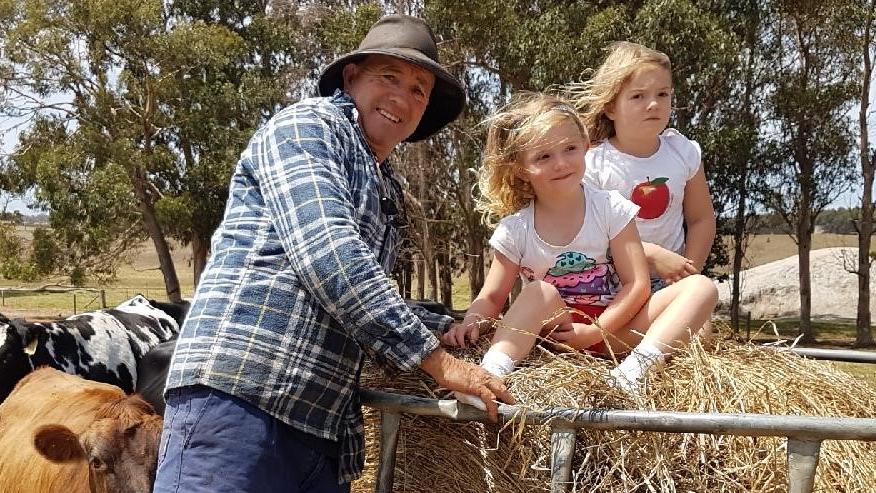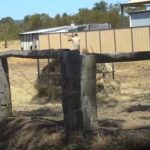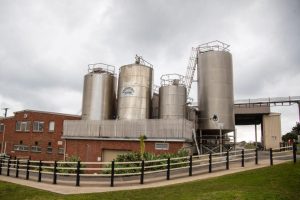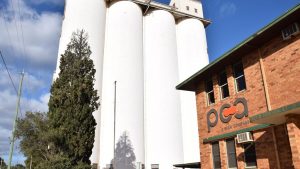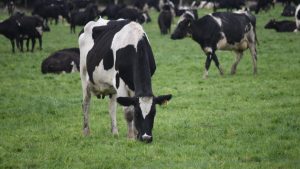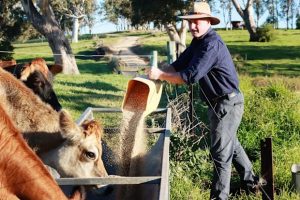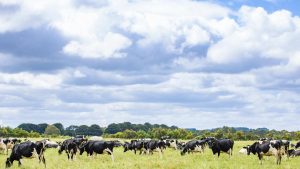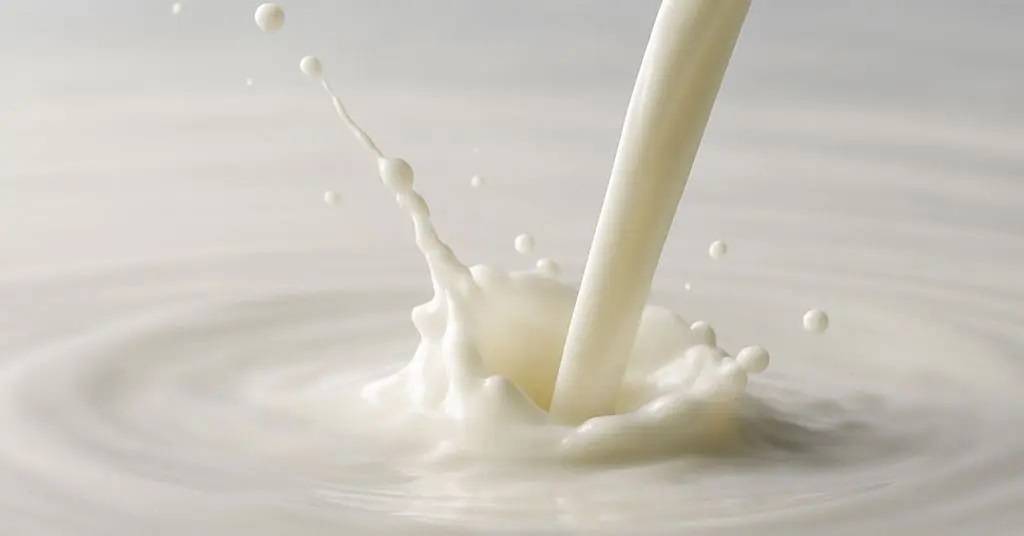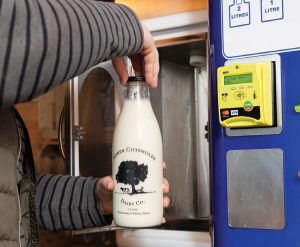
Ross Woodhouse, 61, who farms near Augusta in the South West, is about to seek expressions of interest for the sale of his 13 farms covering 4000ha.
He works from 4.30am to 7pm, seven days a week, but struggles to stay in the black because of a string of tough seasons, rising feed costs and a milk price that has not increased for almost 20 years.
“While the tough financial side is part of it, the reason is also personal — I hardly see my young daughters — it’s been just a few hours in the last six weeks, I want a better work life balance,” he said.
Mr Woodhouse, whose father started the business 70 years ago, supplies 18 million litres a year to Brownes, milks on average 3200 cows (from a total herd of 7000), and employs 30 staff.
During last year’s dry autumn — the worst in 60 years of records — he spent an additional $1.4 million on feed and relied heavily on income from exporting heifers, normally retained to help grow the business.
“Although in WA we are not affected by drought conditions, the shortage of feed caused by the Eastern States drought has had a huge impact on prices,” he said.
“Our business would have been in a far worse situation had we not had the ability to grow some fodder ourselves under irrigation. The industry couldn’t survive too many more seasons like this.”
Mr Woodhouse said he could be open to staying on to manage the property if a corporate buyer was interested, and the new owner could provide management and operational support.
“If there was someone with the same business ethos, that is something I would consider,” he said.
Mr Woodhouse’s planned sale follows WAFarmers’ annual report revealing the average dairy farmer incurred an extra $150,000 in feed costs last year because of the dry season and crippling feed costs. The figures are based on the average of 350 cows producing 2.5 million litres a year.
WAFarmers dairy section president Michael Partridge said it was a tough year for all producers, with several smaller farmers exiting the industry.
But he said when a big farmer like Mr Woodhouse — who had made significant investment to increase efficiency — opted to get out, it should be a wake-up call across the full supply chain.
“Margins are too low for the effort, a major impact being the $1/litre milk in supermarkets which has continued for eight years,” Mr Partridge said.
